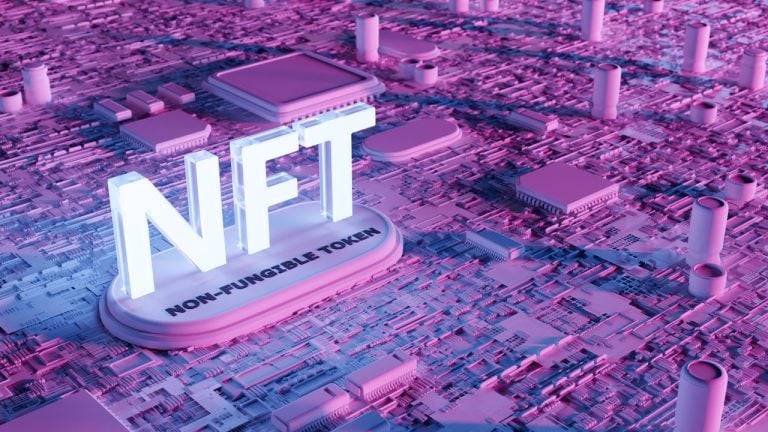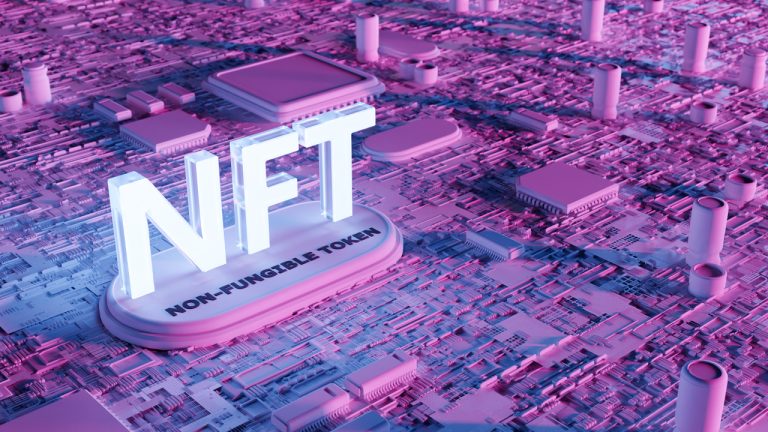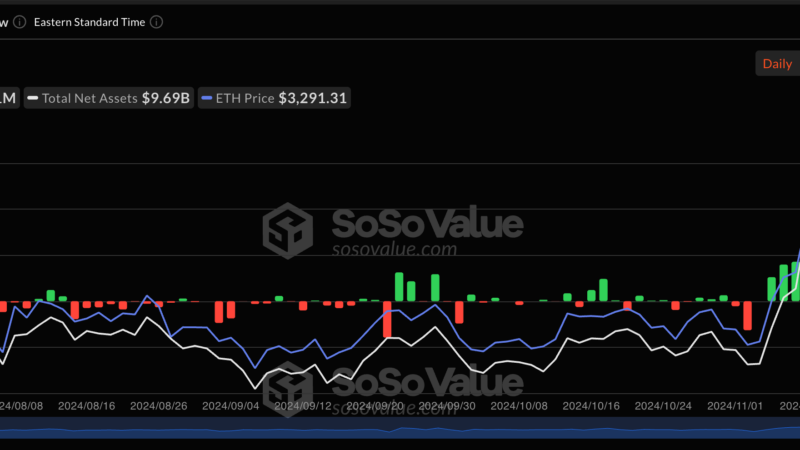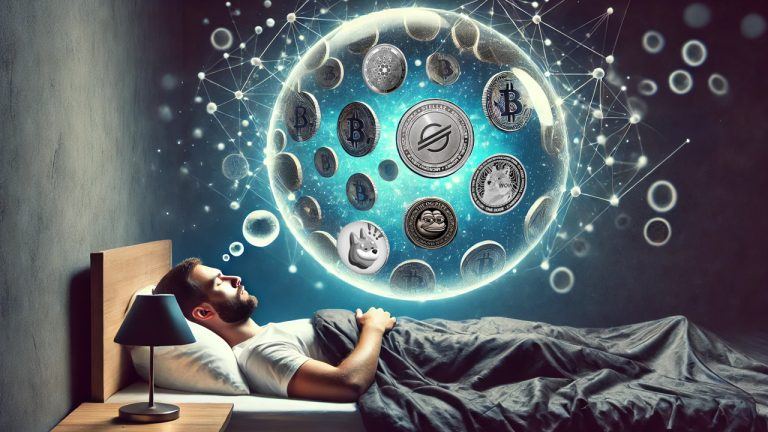The Potential of NFTs and the Metaverse ‘Remain Vast and Largely Untapped’ Says Peer Inc CEO


According to Tony Tran, the chairman and CEO of Peer Inc, the cooling interest in non-fungible tokens (NFTs) and the metaverse particularly by corporations and tech giants like Meta does not signal their end but instead “it reflects the natural cycle of innovation.” In written answers to questions from Bitcoin.com News, Tran, whose firm is behind the 3D social networking app Peer, insisted that such a downward trend is commonly experienced by early adopters of new technologies.
Ignorance a Key Barrier to Mass Adoption
Tran also attributed the public’s seemingly limited interest in NFTs to ignorance and their lack of “tangible utility.” However, Tran also argued that these barriers can be overcome by doing a “better job educating the public on the value of digital ownership and the broad potential applications for NFTs.”
Concerning the sudden rise in the popularity of Bitcoin ordinals Tran said while appreciates the debate, his focus “is less on a binary ‘yes or no’ to Bitcoin NFTs, and more on how we can use blockchain technology to provide value to people.” The CEO also told Bitcoin.com News that he believes the metaverse could just be “the beginning of a new era of digital interactions.”
Below are Tran’s detailed answers to each of the questions sent to him via Telegram.
Bitcoin.com News (BCN): What do you think are the biggest roadblocks to the mass adoption of NFTs and what needs to be done to make them more valuable in our everyday lives?
Tony Tran (TT): There are two key issues, education and utility. Many people still don’t understand what NFTs are or why they should care. We need to do a better job educating the public on the value of digital ownership and the broad potential applications for NFTs. Then, we need to develop platforms and systems where NFTs have real, tangible utility—beyond just digital collectibles and art. We envision NFTs playing a huge role in areas like content creation, gaming, and social interactions in the digital realm.
BCN: Your company is building an augmented reality-based Web3 social app that is said to layer a social network onto the real world. What does it offer that the existing Web2 and Web3 social networks do not and how, if at all, would it facilitate interactions between users to bring people and content into the metaverse?
TT: Our aim with the Peer social app is to break down the barriers between the digital and physical worlds. Existing Web2 networks largely operate within the constraints of the traditional Internet, while many Web3 networks are solely focused on the digital realm. Our app brings these two worlds together, allowing users to interact with both physical and digital elements simultaneously. For instance, imagine being able to place a digital piece of art in a real-world location for others to discover and interact with. This kind of user-generated content and experience is a new frontier in social networking.
BCN: In 2022 many traditional business organizations embraced NFTs and the metaverse but in 2023 fewer corporations are doing this. Meta, which was one of the first major tech firms to embrace the metaverse, has essentially shelved or dumped this. What does this mean for platforms like Peer which are still building?
TT: The recent pullback by corporations and tech giants like Meta doesn’t signal the end of the metaverse or NFTs, rather it reflects the natural cycle of innovation. It is not unusual for early adopters to face challenges when exploring new technologies, leading to a temporary slowdown or change in direction.
That said, at Peer, we see this as an opportunity. As an agile and innovative company, we are well-positioned to adapt to the evolving landscape and continue our pursuit of bringing NFTs and the metaverse to the mainstream. We believe the potential of these technologies remains vast and largely untapped.
BCN: Building a digital, gamified layer on top of the real world will likely require Geo-NFTs. Could you tell us how the Geo-NFTs work and whether it’s possible to prevent malicious actors from faking their location to access these NFTs?
TT: Geo-NFTs associate real-world geographical locations with unique digital assets. They are the bridge between physical location and digital ownership. Of course, the issue of location spoofing is a significant concern. However, by using advanced location verification techniques and integrating them with blockchain security measures, we can largely prevent malicious activities. Our main priority is ensuring a safe, fair, and enjoyable experience for all users.
BCN: The Bitcoin Ordinals NFTs have captured the collective mindshare of both NFT lovers and haters. Some argue that it’s against Satoshi’s original vision of Bitcoin being a peer-to-peer payment system. Others believe Bitcoin should embrace innovation to stay on top of the crypto pyramid. What is your opinion on this?
TT: While I appreciate the debate, my focus is less on a binary ‘yes or no’ to Bitcoin NFTs, and more on how we can use blockchain technology to provide value to people. Whether that’s via Bitcoin, Ethereum, or any other platform, I think the important thing is that we’re pushing boundaries and exploring what’s possible.
BCN: Do you think the metaverse will be the pinnacle of our digital interactions or it is a precursor of something more advanced and immersive?
TT: I believe the metaverse is just the beginning of a new era of digital interactions. Imagine a world where, rather than being restricted by physical geography or conventional interfaces, we can interact, work, and play in a shared digital space. A world where digital art is as valued as a physical art, where virtual concerts are as attended as physical ones, and where work and play blend seamlessly. I believe our future interactions will be much more dynamic, immersive, and personalized than what we can even envision today. And NFTs, I believe, will play a critical role in making this a reality.
What are your thoughts about this interview? Let us know what you think in the comments section below.

